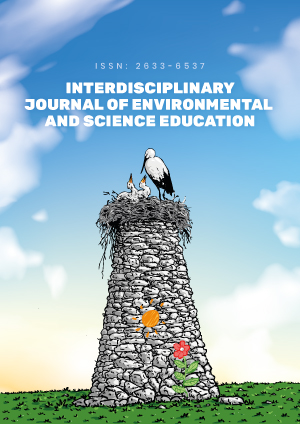Abstract
Although children’s trade books are considered effective tools for introducing children to science content, studies have concluded that children form alternative ideas about science topics when the information presented in children’s books is inaccurate. The aim of the present study is to examine how stratospheric ozone is represented in children’s books about ozone layer depletion and whether these representations could foster alternative ideas about the topic. A total of nine books, published for preschool and primary school-aged children in Greece, were selected for analysis. Each of the nine books was analyzed using qualitative content analysis. The cognitive elements and information provided by the texts concerning the nature and role of ozone were organized into categories and compared with the scientific consensus view. The results revealed that all books identified in this study provided information about the nature of ozone while two books presented its role in the atmosphere. However, the topic was inadequately covered as misrepresentations about the position, distribution, and origin of ozone, its role in the atmosphere and the mechanism preventing UV radiation from reaching the Earth were recorded. Even though children’s books support science teaching and learning, the limitations appearing in the books require teachers to correct the texts or use additional scientifically accurate material to teach about the ozone layer and its depletion adequately and accurately. Collaboration between publishing companies, authors, and science consultants is recommended for improving the representation of science topics in children’s literature.
License
This is an open access article distributed under the Creative Commons Attribution License which permits unrestricted use, distribution, and reproduction in any medium, provided the original work is properly cited.
Article Type: Research Article
INTERDISCIP J ENV SCI ED, Volume 19, Issue 1, 2023, Article No: e2302
https://doi.org/10.29333/ijese/12847
Publication date: 18 Jan 2023
Article Views: 3042
Article Downloads: 1472
Open Access References How to cite this article
 Full Text (PDF)
Full Text (PDF)